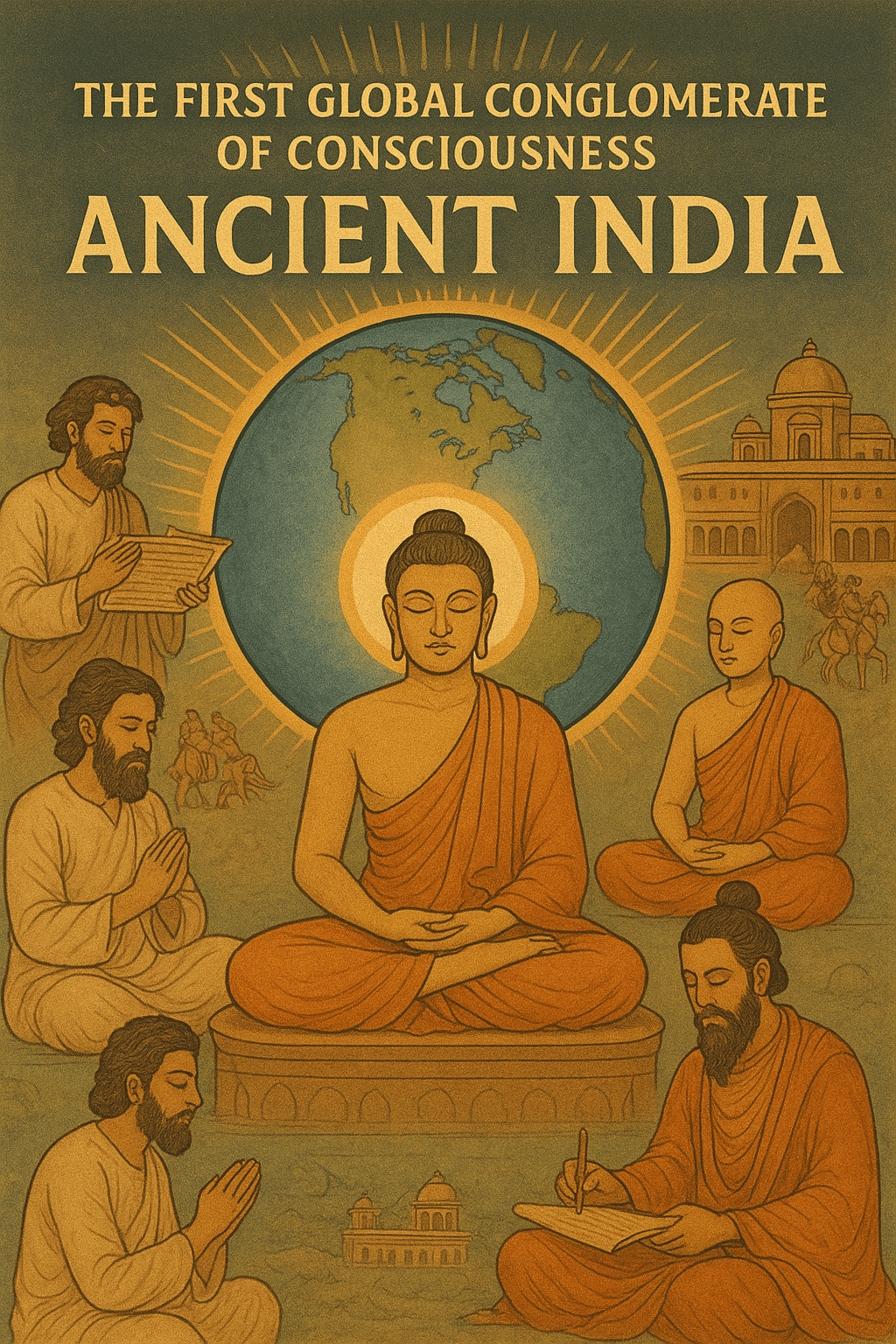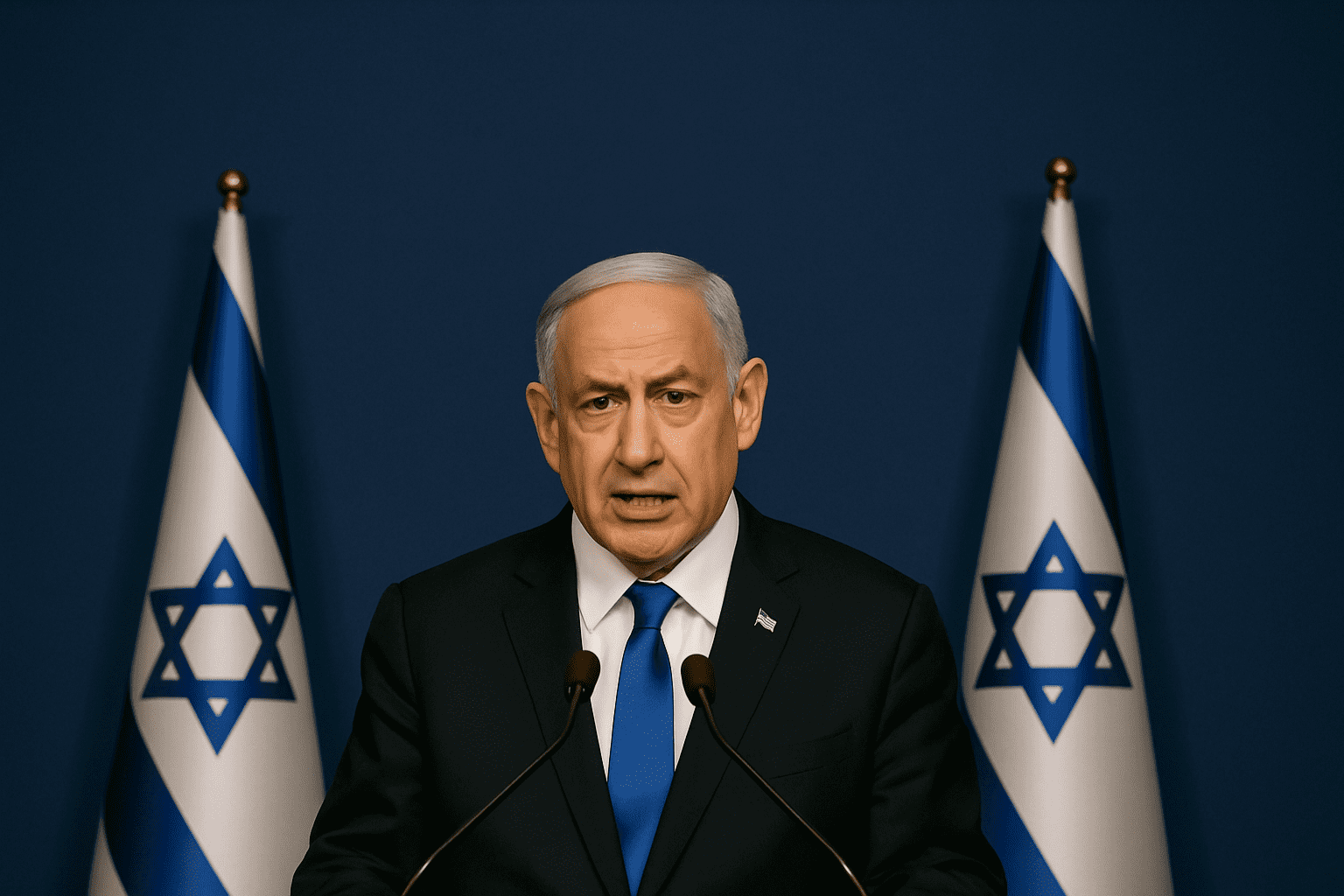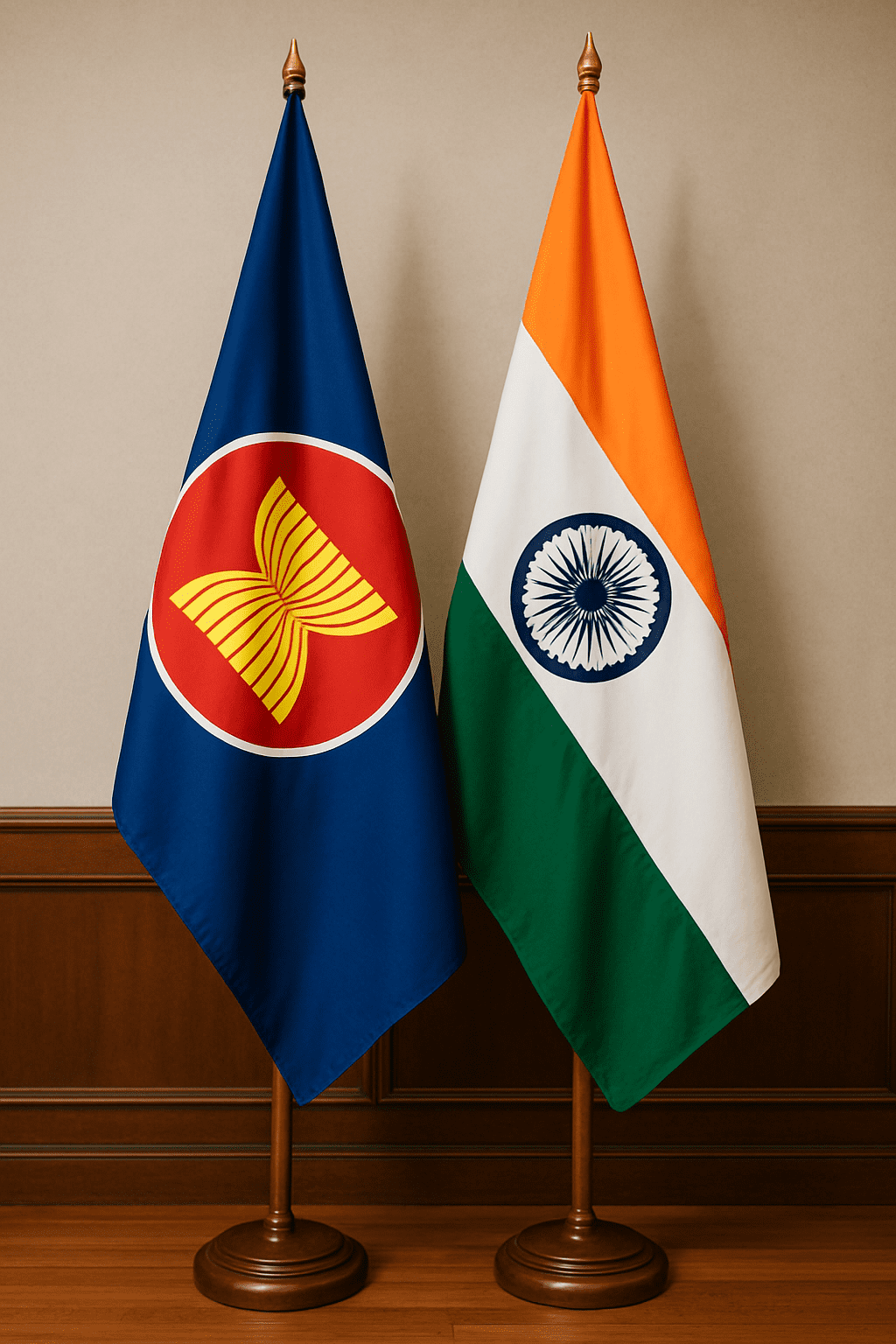In the modern world, the United States of America is the undisputed hub of economic power, innovation, and cultural globalism. It is a magnet for the world’s talent, a land defined by the “American Dream” – the promise of opportunity and upward mobility, regardless of origin. Imagine, however, a time when the most valuable commodity was not silicon chips or financial derivatives, but spirituality, philosophy, and the very concept of consciousness. In that world, Ancient India was the undisputed top corporate managerial power, the spiritual USA of its era, and the birthplace of the Indian Dream.
The Global Headquarters of the Soul
If the USA today is a manufacturer of consumer goods, technology, and entertainment, Ancient India was the manufacturer of religion, spirituality, and related ideas. Its primary export was not cotton or spices—though those were vital—but the frameworks for living a meaningful life: Yoga, Buddhism, Jainism, the concept of Karma, the Upanishads, and the sophisticated philosophical schools (darshanas) like Vedanta and Samkhya.
These were the “killer apps” of their age, offering solutions to universal human problems: suffering, the search for truth, and the nature of reality. They were scalable, adaptable, and profoundly revolutionary. Like a modern tech giant, India’s “R&D” was unparalleled. The forested ashrams and scholarly universities like Nalanda and Takshashila were the original think tanks and research laboratories, dedicated not to the next smartphone, but to the deepest inquiries of the human mind.
| Modern US Analogy | Ancient India (c. 500 BCE – 1000 CE) |
| Silicon Valley | University cities like Nalanda and Takshashila |
| “The American Dream” | “The Indian Dream” (Moksha/Nirvana) |
| Economic/Tech Export | Spiritual/Philosophical Export (Buddhism, Yoga, Advaita) |
| Immigrants/Global Talent | Monks, Scholars, Pilgrims from China, Greece, Persia, Southeast Asia |
| Global Currency | Dharma/Karma (Conceptual Frameworks) |
The Indian Dream: Freedom of Thought and Upward Mobility
The allure of modern America is the American Dream: the promise that anyone, from anywhere, can achieve success and a better life through hard work and determination. The Indian Dream of antiquity was fundamentally different, yet equally compelling: the promise of Moksha (liberation) or Nirvana (extinction of suffering) through inner work, wisdom, and spiritual practice.
This was the ultimate form of upward mobility—not moving from poverty to wealth, but from the cycle of rebirth (Samsara) to ultimate freedom. This Free Spirit Thought and Lifestyle was the true magnet. India was a land of radical, sometimes contradictory, philosophical freedom:
- Atheists (Charvaka) debated the Theists (Vedanta).
- Ahimsa (non-violence) was championed by Jainism and Buddhism, challenging sacrificial rituals.
- Logic and rigorous epistemology (Nyaya) were developed to a degree of sophistication that rivals modern philosophy.
This environment was a crucible for ideas, making it the most exciting and intellectually vibrant place on Earth. It was an intellectual free-for-all, where a charismatic philosopher could challenge established Brahmins, and a prince (Siddhartha Gautama) could abandon his kingdom to found a world religion. This spirit of intellectual entrepreneurship attracted scholars and seekers from as far as Greece (like the Indo-Greek kings who patronized Buddhism), China, Korea, Japan, and the whole of Southeast Asia.
The Global Conglomerate of Races and Nationalities
Just as the modern USA is a “melting pot” or “salad bowl” of global citizens—a conglomerate of different races and nationalities who have come to chase the American Dream—Ancient India was a profound cultural confluence.
Its spiritual and philosophical riches attracted the world, creating a vibrant, multi-ethnic, and multi-lingual society:
- Greeks (Yavanas): Following Alexander’s campaigns, Greek communities flourished in the Northwest, intermarrying with locals, contributing to art (Gandhara style), and even converting to local faiths, such as the Greek King Menander (Milinda) whose dialogues with the Buddhist sage Nagasena form the Milinda Panha.
- Scythians and Parthians (Sakas and Pahlavas): These Central Asian groups not only conquered territories but assimilated, contributing to the military and administrative structures.
- Kushans: This empire, straddling the Silk Road, blended Iranian, Greek, Indian, and Central Asian cultures, making its capital a true global crossroads. Its promotion of Buddhism was a key factor in the religion’s eastward spread.
- East Asian Pilgrims: Iconic figures like Faxian, Xuanzang, and Yijing undertook epic, arduous journeys from China to India, not for trade, but for the patents and source code of spirituality—the original Buddhist scriptures. Their presence confirms India’s status as the ultimate spiritual destination.
This influx of people, languages, and artistic styles enriched Indian civilization, creating a dynamic, confident, and outward-looking culture. The world came to India, sought its wisdom, and then became the vehicle for its distribution. Buddhism, a product of the Indian spiritual assembly line, became the first truly globalized religion, spreading to a billion people across Asia, a phenomenon comparable to the global dominance of American media and software today.
The Enduring Legacy of the Corporation
Ancient India, the Spiritual USA, was not a place defined solely by political or military might, but by soft power—the compelling, undeniable force of its ideas. While empires rose and fell, the core product (the philosophy) remained in demand.
The Indian Dream, the pursuit of inner freedom and universal truth, continues to exert its influence today. Yoga is now a multi-billion dollar global industry; mindfulness (a secularization of Buddhist practice) is taught in corporate boardrooms; and the principles of Karma and Dharma have become universally recognizable terms.
Ancient India’s success, much like America’s today, lay in its diversity and its capacity for radical innovation. It was a conglomerate of consciousness that provided the foundational operating system for a huge portion of humanity, an enduring testament to the power of the idea over the sword.


